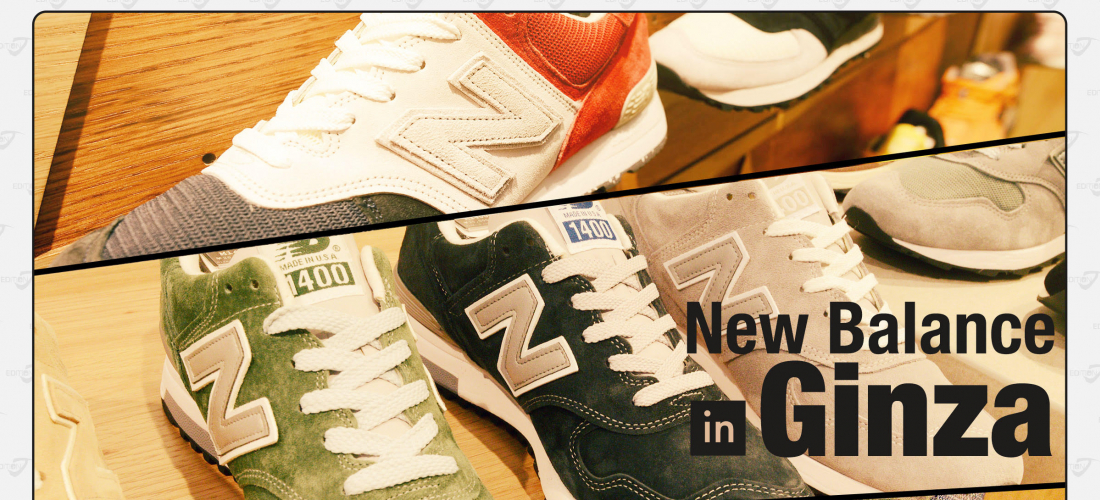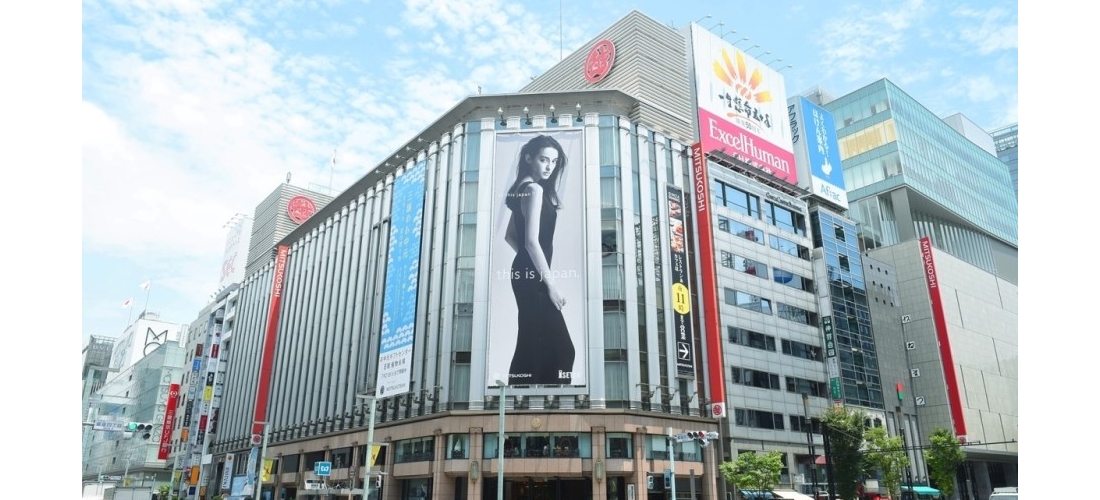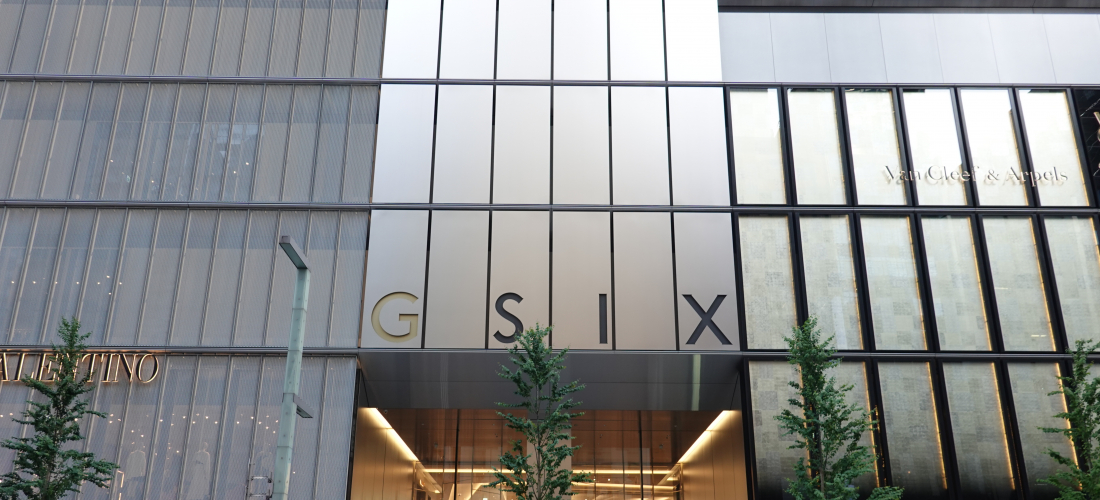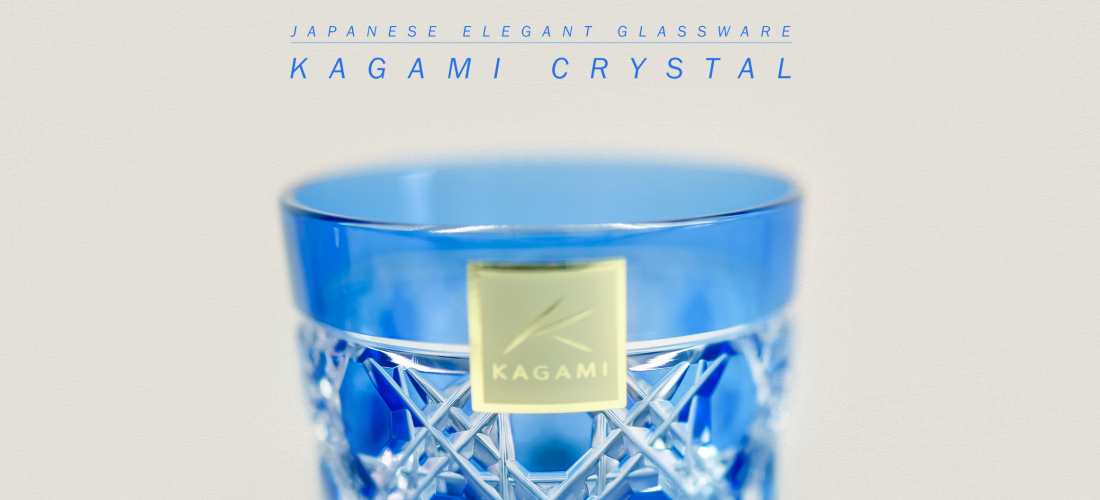
Edo Kiriko cut glass is one of Japan’s beautiful traditional crafts that uses glass. At a local store in Tokyo, Kagami Crystal, you get to see Japanese artisan handiwork at its best.
Japan's First Crystal Glass Factory since 1934
Loved by the Imperial Household Agency of Japan
Lacquerware? Bamboo? Woodwork? Papermaking?
Well, you aren't wrong, but this time JAPANKURU wants to introduce to you
a beautiful part of Japanese craft making that you may have never thought of before.
We're talking about, glass!
Believe it or not, Japan's relation with glass dates way back to
as early as 3rd century Japan (Yayoi period) but it wasn't until recently the Edo era (1615-1868)
that the glass making we know today really made its mark.
Which is why this time we want to share Japan's special "Edo kiriko" with you
and where to get one of Japan's most popular glass stores in Ginza, Tokyo.
There are two primary types of glass at this store, Kagami Crystal.
Those are Crystal glass and Edo kiriko.
Crystal glass consists of a group of pure and raw materials creating a form of transparent glass.
Then Edo kiriko,
which is the main "Made in Tokyo" traditional Japanese craft in terms of cut glass,
is beyond stunning due to its meticulous and intricate cutting
that is no doubt only something a Japanese craftsman/craftswoman can produce.
How do you cut such delicate pieces of art though?
We'll get into that later, but first, it's important to know what "cutting" is.
Cutting refers to the glass products, using a particular cutting method,
being cut by discs made of emery, stone, etc.
so that lines, patterns, and other figures appear in the glass.
Under different lights and angles,
the pattern will produce different visual effects making it a very delicate process.
Edo Kiriko (江戸切子) is a traditional Japanese glass cutting art that originated during the Edo period.
It's said it began with transparent glass then gradually moved to using colored glass like yellow, red, blue, etc. What makes Edo Kiriko exceptional is its intricate manually cut patterns. The patterns used are simple yet gorgeous. In a way, they are similar to patterns one might see on Japanese kimono such as chrysanthemums, bamboo leaves, and geometric shapes.
In 1985, Edo Kiriko was designated as a traditional craft of Tokyo and in 2002, was recognized as an official traditional handicraft of Japan! It's easy to see why too! These multi-layered glasses are stunning beyond belief.
"Kiriko" (切子) means "facet" in Japanese, and it refers to the multitude of decorative patterns that are engraved on the surface of the glass using grindstones and other tools. Using only rough outlines as guides, artisans carve the detailed but accurate lines freehand.
What is the traditional Edo Kiriko cutting process??
First, let us say that there are a wide range of grinding wheels used when cutting Edo Kiriko!






is at the top of the Japanese glass industry.
Simple and classic.
KAGAMI CRYSTAL
Kagami Crystal established Japan's first crystal glass factory in 1934. The crystal glass and Edo Kiriko produced by Kagami Crystal not only won at many worldwide expos, but it's even beloved and used by the Japanese royal family, the Ministry of Foreign Affairs, and so on. If you go inside, you'll even see SHISEIDO's perfume WHITE ROSE bottle which was made from Kagami Crystal's glass, along with Suntory's whisky anniversary bottle.

In a lot of way, Japan = sake. So why not get yourself a set of Japanese sake glasses? There are a wide range of shapes for the glasses. Some resembling shot glasses, more the traditional short and rounded glasses, and others a square shape.

As the hot summer days approach, crystal glass and colorful Edo Kiriko glasses can fancy up your make beer experience. Since the main production is focused towards Japanese, the size of the beer glasses are made into a smaller cup type. No need to fear though! We were really happy to see Kagami Crystal also makes a variety of larger glasses for the European and American customers, or those who just really love beer!

As mentioned earlier, Kagami Crystal made a bottle for Suntory Whisky. Therefore, Kagami Crystal also has a variety of whisky glasses. The size of whisky glasses works the same as the beer glasses. Originally there were smaller whisky glasses, but Kagami Crystal also has produced bigger glasses making it easier to hold and fit perfectly in your hand. Also great for those who feel that the smaller Japanese whisky glasses don't quite do it.
Kagami Crystal not only owns original products made by its own crystal glass factory but also displays
a lot of work from local craftsmen and craftswomen.
By stopping by here, you can see how artists express their love, creativity, and persistence through Edo Kiriko.
If you thought the small detail was amazing in the glasses, wait until you see the work put into these necklaces.
Still thinking about what gift you should come back from Japan?
Glasses are relatively cheap due to being massively produced in no time at all. However, it roughly takes more than a month for a single piece of Edo Kiriko to be made. Thus it's easy to believe when we say not a single composite in Edo Kiriko from Kagami Crystal misses the deepness in Japanese culture. Even just in pictures, you can see the true art and skill that many Japanese craftsmen and craftswomen have. Hopefully, you will have a chance to look around Kagami Crystal and maybe even pick up an Edo Kiriko glassware as a gift. Regardless of whether you give it to a beloved one or use it for yourself, it's the best souvenir that is filled with Japanese spirit.
★★Kagami Crystal shop in Ginza is a duty-free shop.
Purchases exceeding 5,000 yen are exempt from taxation, so don't forget your passport!
More info here!
KAGAMI CRYSTAL
・Address: Daiwa Ginza Bld 1st Floor, 6-2-1 Ginza, Ginza, Chuo-ku, Tokyo
Google Maps
・Access: 5 minutes on foot from Tokyo Metro Ginza Station Exit C2 / 6 minutes on foot from JR Yurakucho Station Central Exit
・Opening hours: Monday to Friday 11:00-7:30pm / Weekends and holidays 11:00-6:30pm
・Public Holidays: Every Thursday

Do you have a favorite item of Kagami Crystal's among the pictures above??
We wanna hear about it in the comment box below!
✧˖°Share your stories with us°˖✧
Stay tuned for new, original articles every day on JAPANKURU
Or add us on Google+, Instagram, Facebook to share your Japanese pictures
Details
NAME:Kagami Crystal
MAP
Daiwa Ginza Bld 1F, 6-2-1 Ginza, Chuo-ku, Tokyo
ACCESS:Ginza Station
COMMENT
FEATURED MEDIA
VIEW MOREMAP OF JAPAN
SEARCH BY REGION

LATEST
VIEW MOREEVENT CALENDAR
VIEW MOREMOST POPULAR
 Tokyo Winter Recommendation: Don’t Miss Tokyo Mega Illumination, Japan’s #1 Light Show
Tokyo Winter Recommendation: Don’t Miss Tokyo Mega Illumination, Japan’s #1 Light Show ป้ายยาสินค้าน่าซื้อในร้านขายยาญี่ปุ่น | KOWA ผลิตภัณฑ์เพื่อสุขภาพสำหรับคนยุคใหม่
ป้ายยาสินค้าน่าซื้อในร้านขายยาญี่ปุ่น | KOWA ผลิตภัณฑ์เพื่อสุขภาพสำหรับคนยุคใหม่ Okinawa Family Road Trip: Japanese Glasses Shopping at San-A Urasoe West Coast PARCO CITY, Discount Coupons, & Okinawa Sightseeing with JINS
Okinawa Family Road Trip: Japanese Glasses Shopping at San-A Urasoe West Coast PARCO CITY, Discount Coupons, & Okinawa Sightseeing with JINS





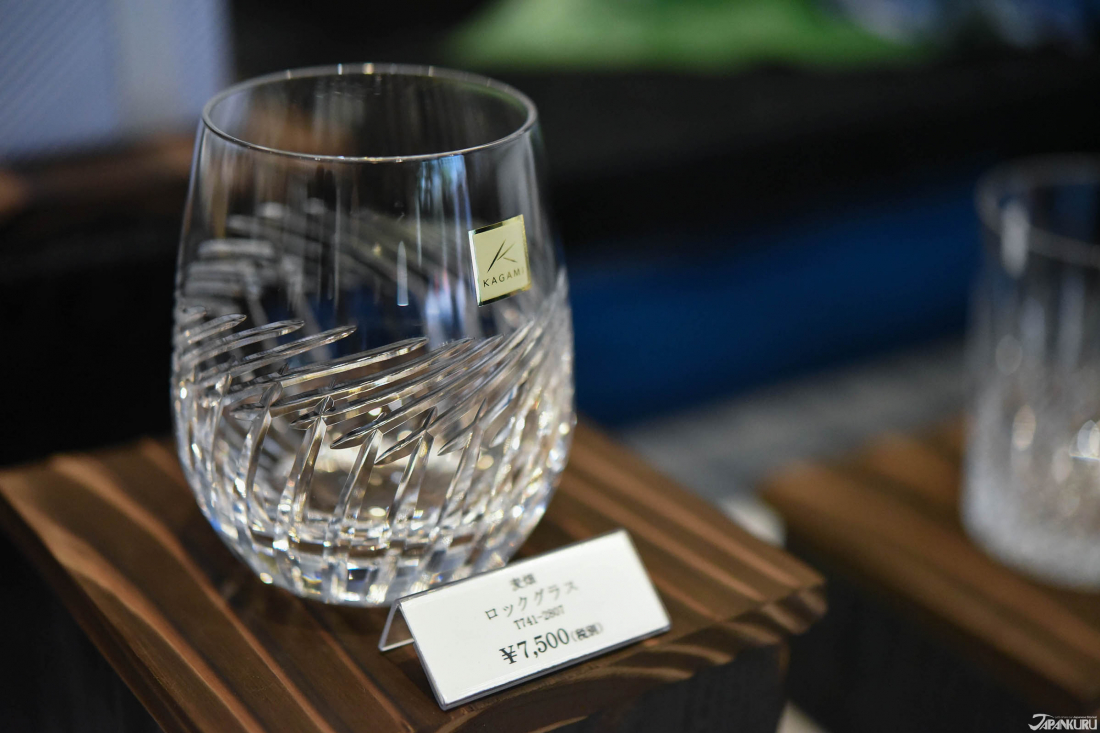
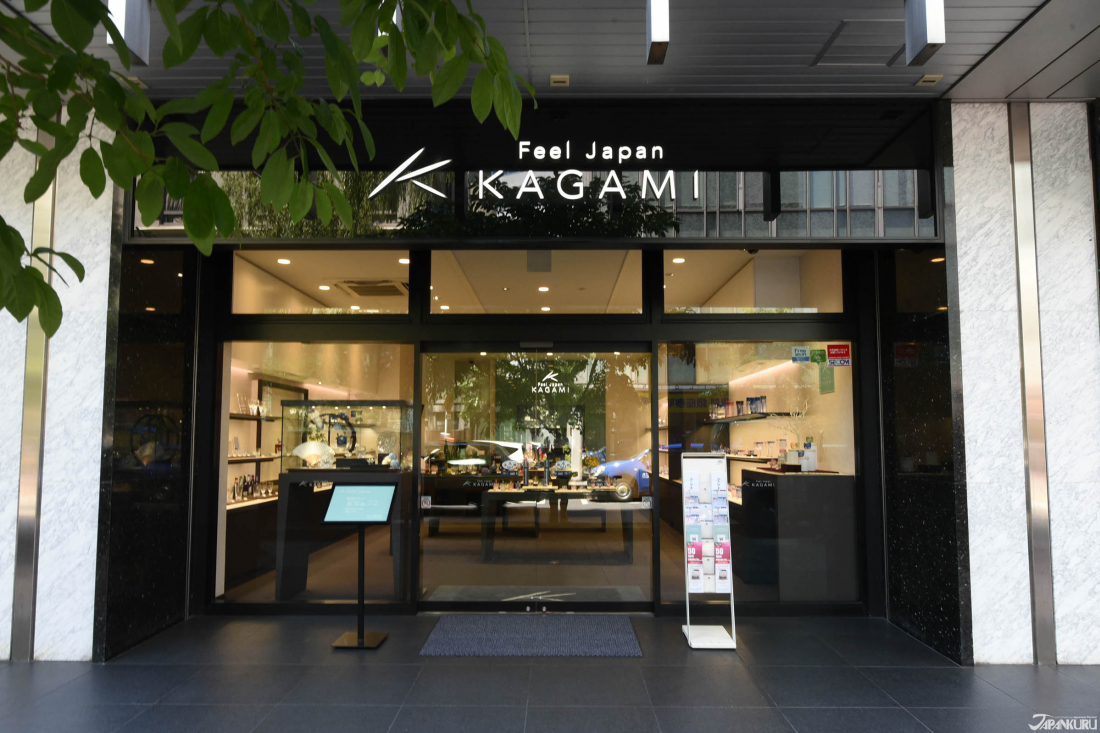


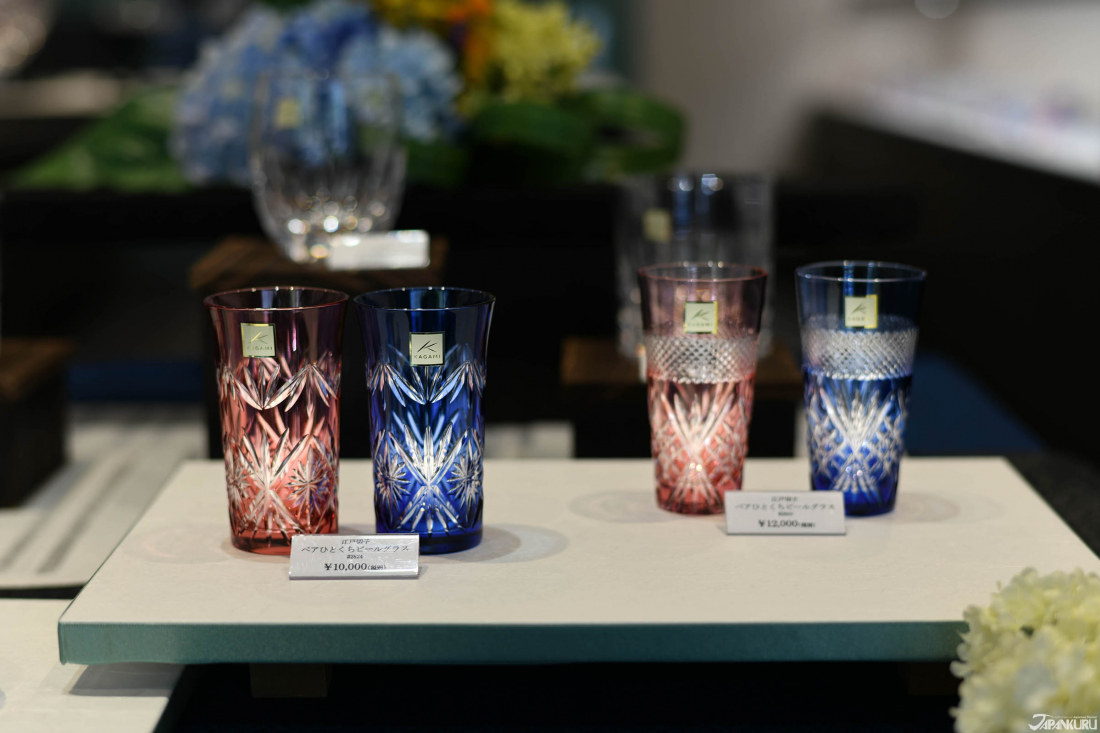

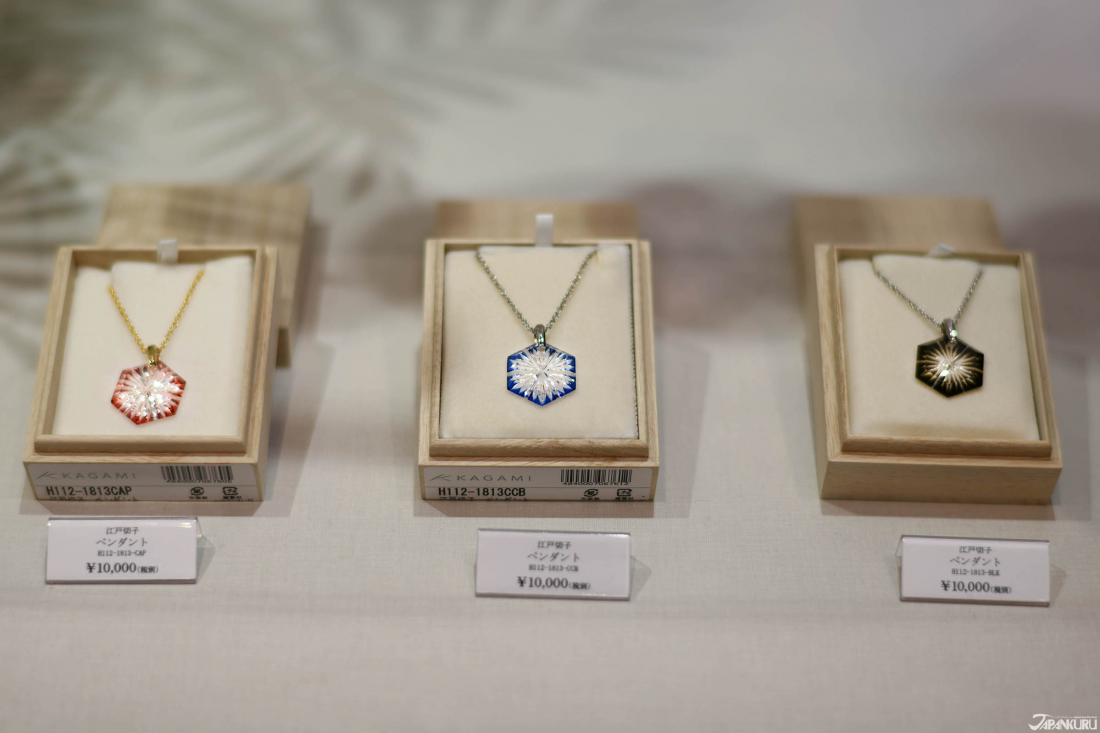
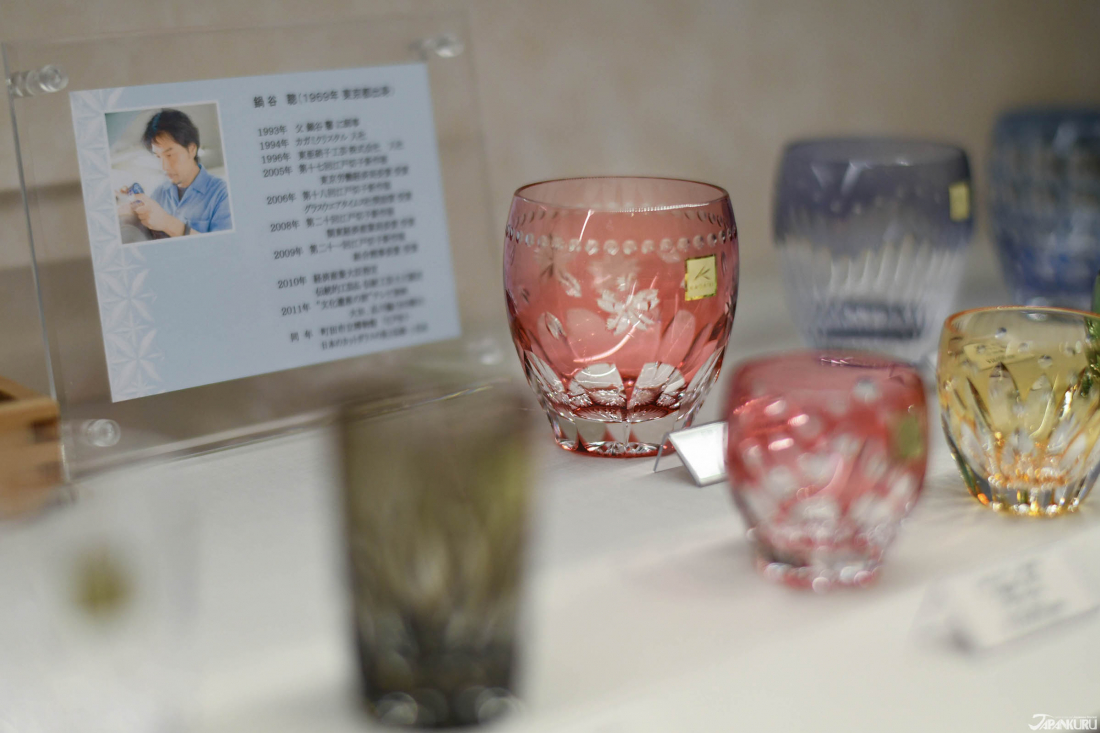







 >> Find out more at Japankuru.com! (link in bio)
#
>> Find out more at Japankuru.com! (link in bio)
#





 The Robot Restaurant is gone, but the Samurai Restaurant is here to take its place. Check it out, and don't forget your coupon!
The Robot Restaurant is gone, but the Samurai Restaurant is here to take its place. Check it out, and don't forget your coupon!
 신주쿠의 명소 로봇 레스토랑이 사무라이 레스토랑으로 부활! 절찬 쿠폰 발급중
신주쿠의 명소 로봇 레스토랑이 사무라이 레스토랑으로 부활! 절찬 쿠폰 발급중
 18歲以上才能入場的歌舞秀,和你想的不一樣!拿好優惠券去看看~
#tokyo #shinjuku #samurairestaurant #robotrestaurant #tokyotrip #도쿄여행 #신주쿠 #사무라이레스토랑 #이색체험 #할인이벤트 #歌舞伎町 #東京景點 #武士餐廳 #日本表演 #日本文化體驗 #japankuru #japantrip #japantravel #japanlovers #japan_of_insta
18歲以上才能入場的歌舞秀,和你想的不一樣!拿好優惠券去看看~
#tokyo #shinjuku #samurairestaurant #robotrestaurant #tokyotrip #도쿄여행 #신주쿠 #사무라이레스토랑 #이색체험 #할인이벤트 #歌舞伎町 #東京景點 #武士餐廳 #日本表演 #日本文化體驗 #japankuru #japantrip #japantravel #japanlovers #japan_of_insta
 코지마 x 빅 카메라 쿠폰으로 일본 가전 제품 쇼핑하기
#pr #japankuru #japanshopping #kojima #biccamera #japaneseskincare #yaman #dji #osmopocket3 #skincaredevice #日本購物 #美容儀 #相機 #雅萌 #日本家電 #일본여행 #면세 #여행꿀팁 #일본쇼핑리스트 #쿠폰 #일본쇼핑 #일본브랜드 #할인 #코지마 #빅카메라 #japankurucoupon
코지마 x 빅 카메라 쿠폰으로 일본 가전 제품 쇼핑하기
#pr #japankuru #japanshopping #kojima #biccamera #japaneseskincare #yaman #dji #osmopocket3 #skincaredevice #日本購物 #美容儀 #相機 #雅萌 #日本家電 #일본여행 #면세 #여행꿀팁 #일본쇼핑리스트 #쿠폰 #일본쇼핑 #일본브랜드 #할인 #코지마 #빅카메라 #japankurucoupon































 Oita Hello Kitty Airport
Oita Hello Kitty Airport  Lands April 13th
Lands April 13th









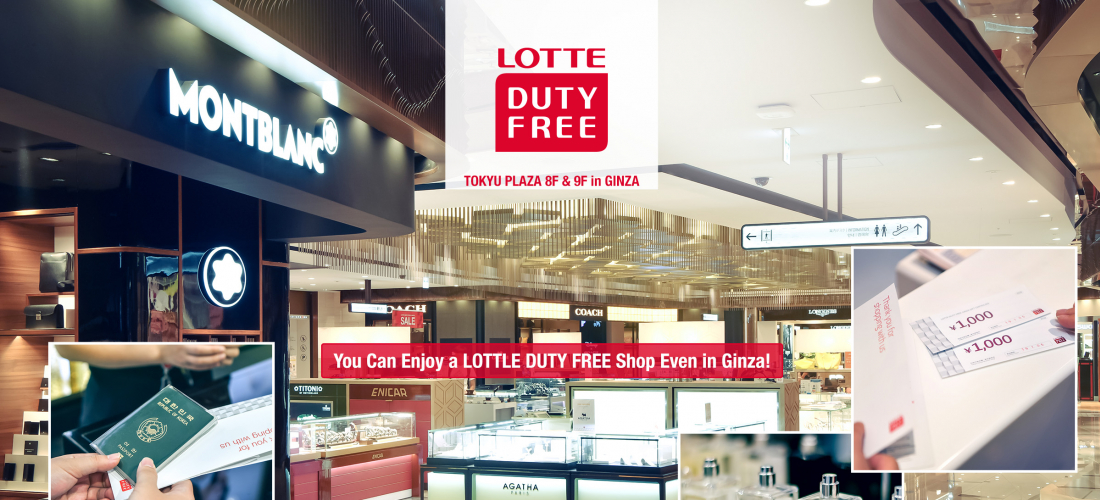
 Tokyu Plaza Ginza LOTTE Duty Free Tokyo Ginza
Tokyu Plaza Ginza LOTTE Duty Free Tokyo Ginza 